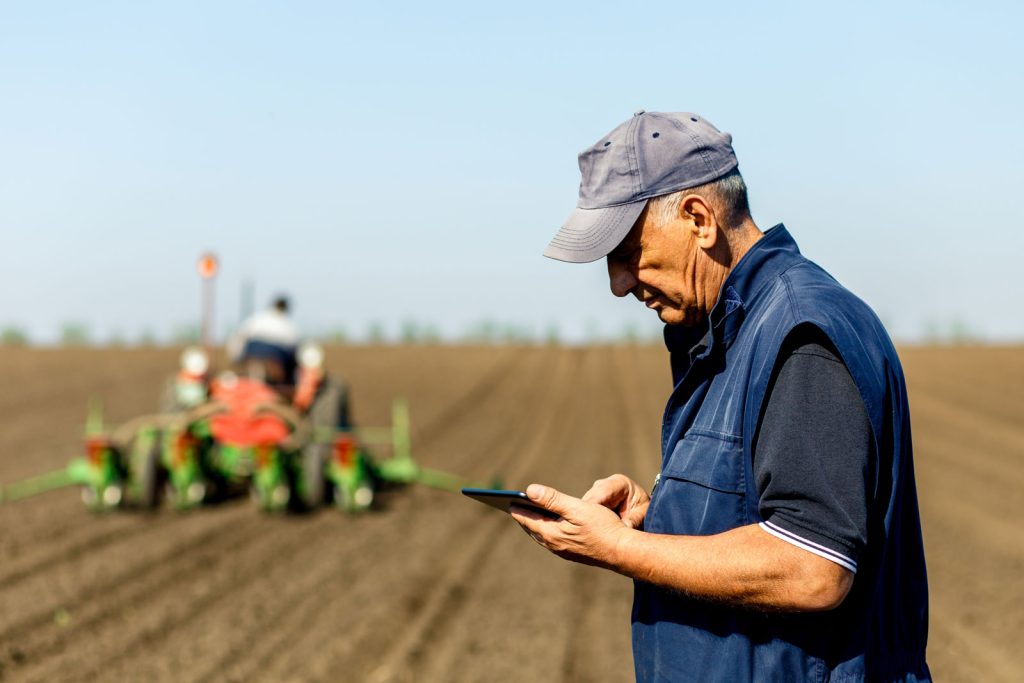In the realm of agriculture, the quest for high yields and efficient land management has led to various practices, including conventional farming and extensive tilling. While these methods have undeniable benefits in terms of crop production, they also have a significant impact on soil fertility. In this article, we will talk about how conventional farming and tilling practices can influence soil fertility and what this means for the long-term sustainability of agriculture.
What is Conventional Farming?
Conventional farming refers to the widespread agricultural practices that have been employed for decades, often characterized using synthetic fertilizers, pesticides, and large-scale machinery. The primary goal of conventional farming is to maximize crop yields, addressing the demands of a growing global population.
Conventional Farming’s Impact on Soil Fertility
Nutrient Depletion:
Conventional farming often relies heavily on synthetic fertilizers to provide essential nutrients to crops. While these fertilizers boost short-term crop yields, they can lead to nutrient imbalances in the soil. Over time, excessive use of synthetic fertilizers can deplete the soil of essential micronutrients, ultimately reducing soil fertility.
Soil Erosion:
Intensive tilling and monoculture cropping, common in conventional farming, can leave the soil vulnerable to erosion. Tilling disrupts the natural soil structure and can lead to increased erosion by wind and water. Eroded topsoil often carries away valuable nutrients, further diminishing soil fertility.
Solar Vegetation – a Potential Alternative to Conventional Farming
While conventional farming and tilling practices have been instrumental in meeting global food demands, it’s essential to acknowledge their effects on soil fertility and the environment. As we confront the pressing challenges of feeding a growing population and safeguarding our natural resources, embracing innovative approaches becomes crucial.
Striking a balance between sustaining short-term productivity and nurturing the long-term health of our soils is imperative, and solar vegetation offers a promising solution. This approach not only addresses the environmental impact but also provides a sustainable path to replace some conventional farming measures. Learn more about how FDCE can help you with Solar Vegetation Management.
Solar vegetation, or agrivoltaics, represents a groundbreaking combination of agriculture and solar energy generation. This innovative practice involves cultivating crops or raising livestock underneath solar panels, effectively utilizing the land for dual purposes. Learn more about the benefits of solar vegetation, as well as Sheep friendly feed mixes!

